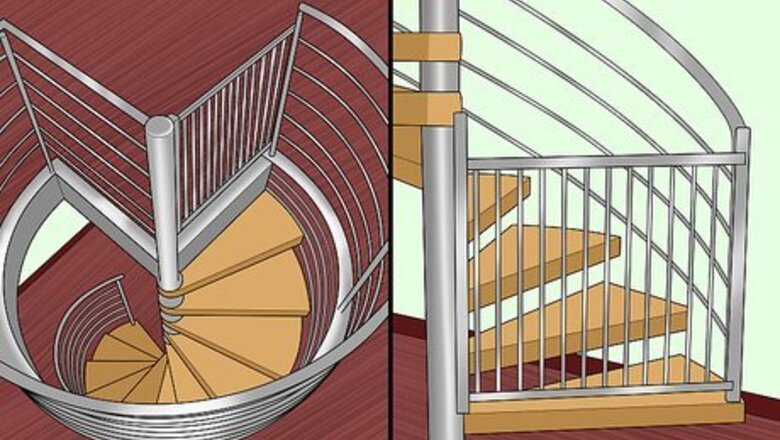
views
Ways to Block Open Spaces
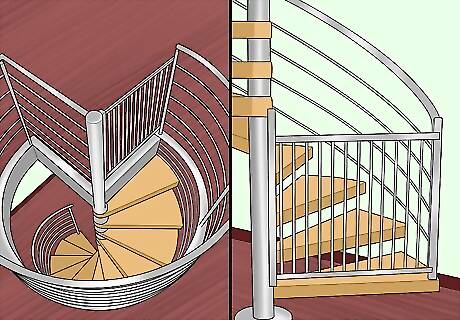
Put a baby gate at the top and bottom of the stairs. Opt for a hardware-mounted gate rather than a pressure-activated one, so that the gate can’t be accidentally opened by someone leaning against it. One side of the gate attaches to the center column, while the other side attaches to the banister. If you don’t want to or can’t drill directly into the column or banister to mount the gate, use special baby gate mounting hardware, which you may have to buy separately. If you have kids or pets that are never left alone upstairs, you may not need a gate at the top of the spiral staircase. Make sure that the gate opens out away from the stairway. Otherwise, you won’t be able to get it open. If you can’t fit the gate or attach it to the column or the banister, look into getting an extra-long baby gate and securing it to the walls near the staircase to block off the entrance completely.
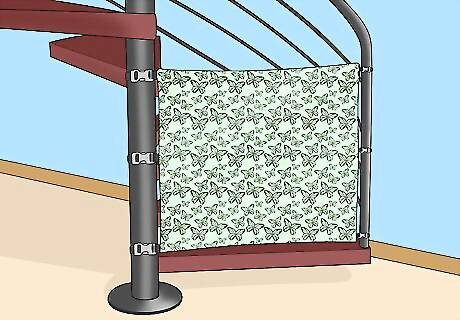
Opt for a fabric stair barrier to block the staircase for a softer aesthetic. This is also a fantastic option if your spiral staircase has an abnormally-sized or angled opening. The gate retracts back on itself when you open it, so there’s no worry about tripping over the fabric. Use mountable hardware to attach the gate to the center column and the banister. These types of gates are usually a bit more expensive than a traditional baby gate.
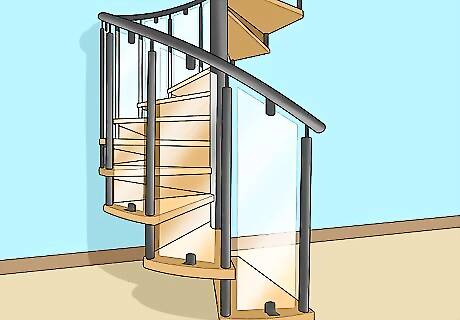
Install plexiglass along the railing so there are no open spaces. Buy and cut sheets of plexiglass to fit in the space between the railing and the steps. Drill holes near the top and bottom of the plexiglass every 6 to 12 inches (15 to 30 cm) and use zip-ties or something similar to secure the plexiglass to the banister. Unless you have experience working with and cutting plexiglass, consider hiring someone to do this for you. It’s an intensive process, but it’s also a great way to make sure your spiral staircase is safe.
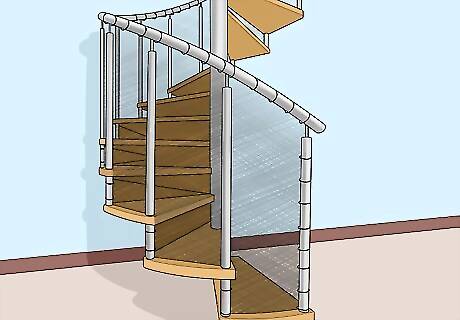
Use a mesh safety net along the railing for a more flexible option. This product comes with hooks and a long piece of mesh fabric. Install the hooks on the top and bottom of the banister (they have adhesive backs). Stretch the mesh net across the staircase’s height and hook the loops or clips onto the hooks you installed. These are also sometimes marketed as banister guards. This method is usually a bit less expensive than plexiglass, and it’s easier to put up and take down on your own. Purchase this product online—just make sure you get enough length to cover the entire staircase from top to bottom.

Close off the backs of floating stairs to keep children or pets safe. Measure each riser's height and width since the width might be different in places because it’s a spiral staircase. Cut pieces of plywood or particle board to fit the open space between each step. Apply wood glue along the top of each board to connect it to the above step, and use a drill to join the board to the back of the step below. After the board is connected, you can also drill down through the nose of the step into the board for extra security. That open space between each floating stair is called the “riser,” and while the style looks nice, it can pose a bit of a risk to kids and small pets. Use this as an opportunity to add a little more flair to your home decor! Use paint, wallpaper, or contact paper to cover the backings for each step. This turns your spiral staircase into even more of a focal point.
Staircase Safety Tips
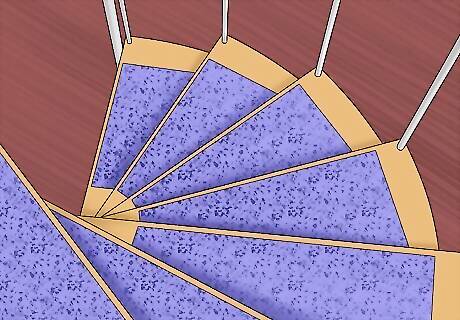
Install non-slip mats on hardwood steps to make footing more secure. Choose a pattern or color you like. Remove the protective sheeting from the adhesive back, then position the mat in the center of each step. Press down firmly on each mat to make sure it is firmly in place. This entire process shouldn’t take more than 10 minutes to do! If the stairs are carpeted, make sure the carpet is firmly attached to the steps and not coming loose in any areas.
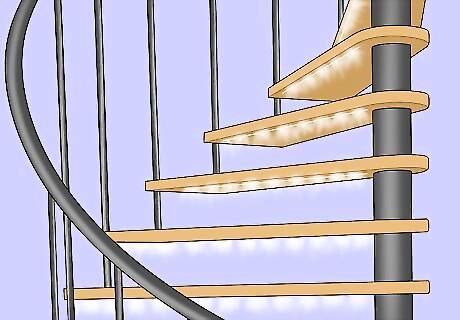
Highlight the edge of each step to make them easier to see. Place battery-operated lights under the nose of each step if you’d like a type of recessed lighting. Or, cut a piece of colorful adhesive and stick it to the nose of each step so it catches the eye more easily. The edge of each horizontal step is also called the “nose.” The risk of taking a misstep is even higher on a spiral staircase, and illuminating each one makes your trips up and down a bit safer.
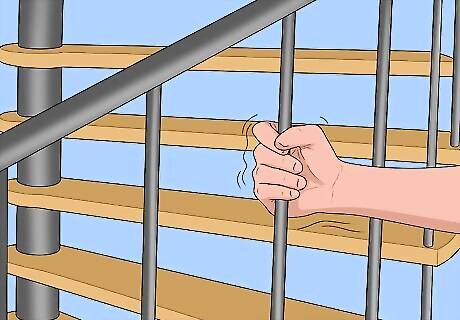
Check that all the spindles are screwed into place firmly. The spindles are the vertical poles connecting the handrail to the staircase. Loose spindles can come out of their sockets and create a dangerous open space along the railing. Turn each one by hand to make sure they’re tightly in place. If the spindling is still a bit loose, apply wood glue at the base or top where it enters the railing to help it stay in place better. Take a few minutes and check each spindle by trying to turn it. If it turns or wiggles, it’s loose.

Keep the stairs clear of clutter to remove any tripping hazards. Make sure to clear away any toys, books, clothes, or other objects from the stairs, especially before you go to bed. The last thing you want is to trip over a forgotten object the next morning on your way down the stairs! If you find yourself often piling things on the stairs that need to go up, invest in a small basket to put things in. That way, you only have to carry the basket and it keeps your steps clear of clutter.
















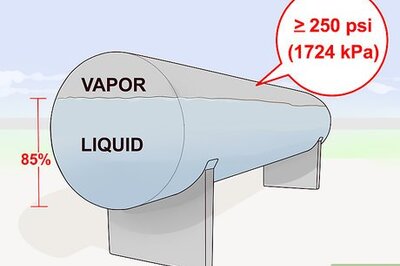



Comments
0 comment